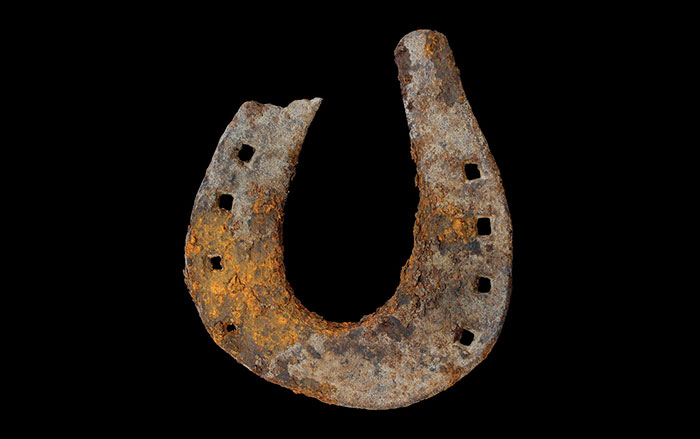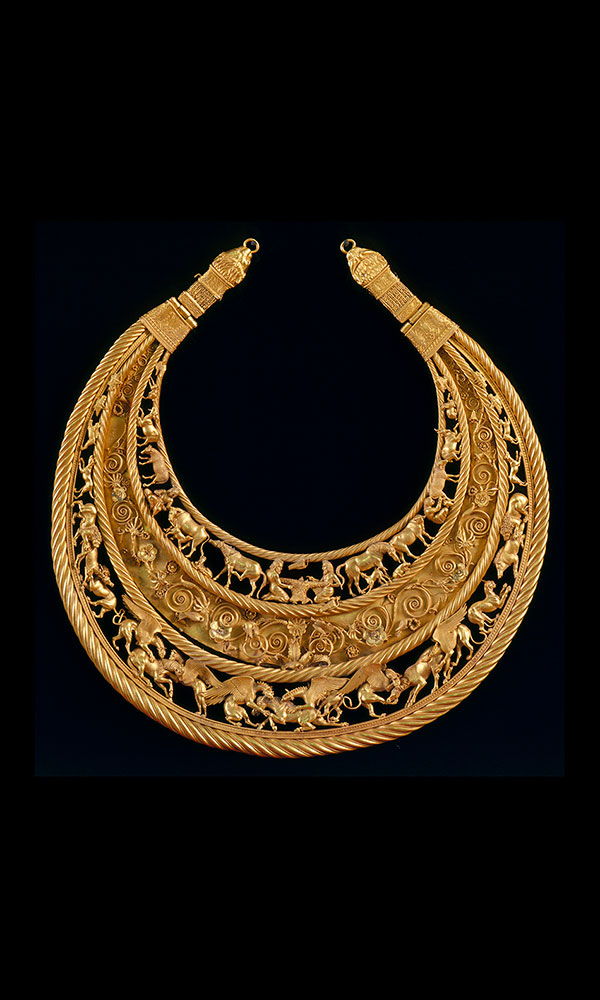AARS, DENMARK—The Copenhagen Post reports that Bjarne Nielsen of the Vesthimmerlands Museum and his team have found seven mysterious black spots in northeastern Jutland, one of which includes the remains of a stone-lined well, near a Neolithic settlement and graves containing burned human bones. The well measures nearly five and one-half feet deep and contained burned bone fragments. “We believe these are human bones that were crushed after burning. Perhaps because the soul needed to be completely released from the body,” Nielsen said. The other features, also lined with stones, may have been covered by roofs supported by thick poles. Nielsen explained that constructions similar to the well have been found in the United Kingdom, but not in Europe. “This indicates there has been a connection between the Limfjord and England some 4,000 years ago,” he said. For more, go to "The Neolithic Toolkit."
Unusual “Wells” Found in Denmark
News August 4, 2016
Recommended Articles
Features September/October 2025
Here Comes the Sun
On a small Danish island 5,000 years ago, farmers crafted tokens to bring the sun out of the shadows


Digs & Discoveries November/December 2013
The Neolithic Palate

Letter from France January/February 2026
Neolithic Cultural Revolution
How farmers came together to build Europe’s most grandiose funerary monuments some 7,000 years ago

-
Features July/August 2016
Franklin’s Last Voyage
After 170 years and countless searches, archaeologists have discovered a famed wreck in the frigid Arctic
 (Courtesy Parks Canada, Photo: Marc-André Bernier)
(Courtesy Parks Canada, Photo: Marc-André Bernier) -
Letter from England July/August 2016
Stronghold of the Kings in the North
Excavations at one of Britain’s most majestic castles help tell the story of an Anglo-Saxon kingdom
 (Colin Carter Photography/Getty Images)
(Colin Carter Photography/Getty Images) -
Artifacts July/August 2016
Spanish Horseshoe
 (Courtesy Peter Eeckhout)
(Courtesy Peter Eeckhout) -
Digs & Discoveries July/August 2016
Is it Esmeralda?
 (Courtesy David Mearns)
(Courtesy David Mearns)



